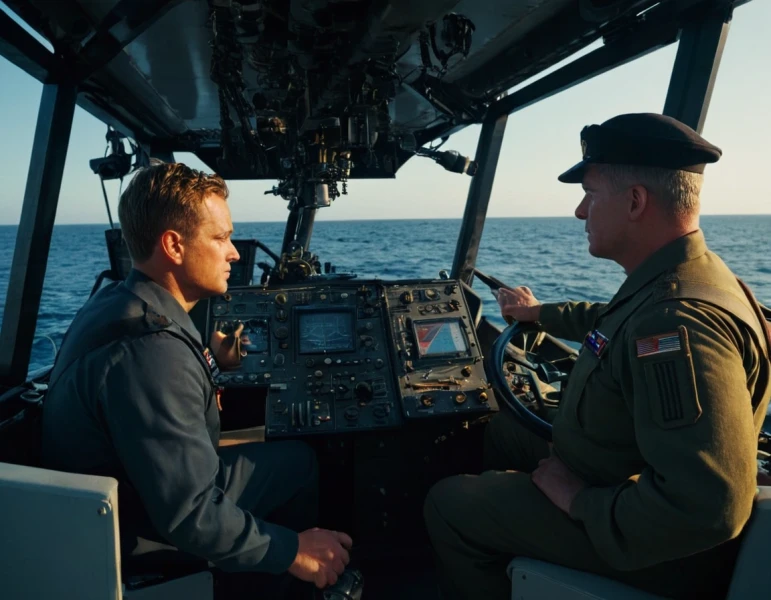Educa UNIVERSITY|SCIENCE AND ENGINEERING
Naval Engineering: A journey between passion and precision
Related Masters
Naval Engineering: A journey between passion and precision
Ah, naval engineering! That fascinating discipline that combines the majesty of the sea with the precision of engineering. Allow me, from my experience, to take you aboard this exciting journey.
What is Naval Engineering?
Naval engineering is the branch of engineering that deals with the design, construction and maintenance of all types of floating structures. From imposing merchant ships to sophisticated oil rigs, from elegant yachts to rugged military vessels. It is a discipline that requires a combination of knowledge in mechanics, electricity, electronics and, of course, a deep understanding of the behavior of water and the forces acting on structures in the marine environment.
My Immersion in the Naval World

I remember my first steps in this profession. The thrill of seeing a design on paper come to life in the shipyards, transforming into a colossal structure ready to sail the seas. Each project is a unique challenge, an opportunity to innovate and push the limits of what is possible.
The Stages of Naval Design
Conceptualization: It all starts with an idea. The basic characteristics of the vessel are defined according to its purpose: cargo, passengers, research, defense, etc.
Preliminary Design: Here the first sketches and basic calculations are made. The technical and economic feasibility of the project is evaluated.
Detailed Design: Precise plans are drawn up and materials are specified. Each component is analyzed to ensure functionality and safety.
Construction: Shipyards come to life. Welders, engineers and technicians work in harmony to assemble the vessel.
Testing and Launching: The vessel undergoes rigorous testing to ensure its operability. The launching is an emblematic moment, where the vessel touches the water for the first time.
Innovations in Naval Engineering
Technology advances by leaps and bounds, and naval engineering is no exception. The incorporation of hybrid propulsion systems, the use of lighter and stronger composite materials, and the design of autonomous vessels are just some of the trends that are revolutionizing the industry.
Challenges in the Profession
It's not all smooth sailing. Marine engineering faces challenges such as increasingly stringent environmental regulations, the need to reduce carbon emissions and competition in a globalized marketplace. However, these obstacles also drive innovation and the constant search for more efficient and sustainable solutions.
The Satisfaction of Duty Accomplished
There is no feeling comparable to seeing a vessel, in which you have invested hours of work and dedication, successfully plying the seas. It is a tangible testimony of the perfect combination between art and science, between passion and precision.
Final Reflections
Naval engineering is more than a profession; it is a way of life. It requires dedication, curiosity and a constant adaptation to technological advances and market demands. For those who feel an attraction to the sea and a passion for engineering, this career offers endless opportunities and challenges that will undoubtedly make your professional life an exciting adventure.
Faculties
Trainings
The faculties embrace diverse academic disciplines and fields of study, opening doors to new perspectives and exploring different spheres of wisdom in a constantly evolving world.
Legal Notice • Enrollment Conditions • Privacy Policy • Cookie Policy• Copyright @ 2024 • Educa University
Powered by














